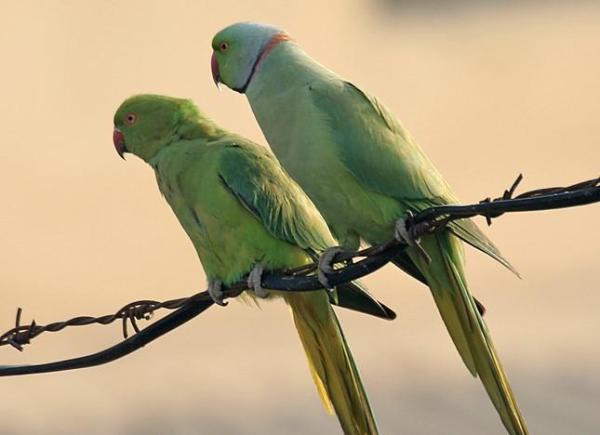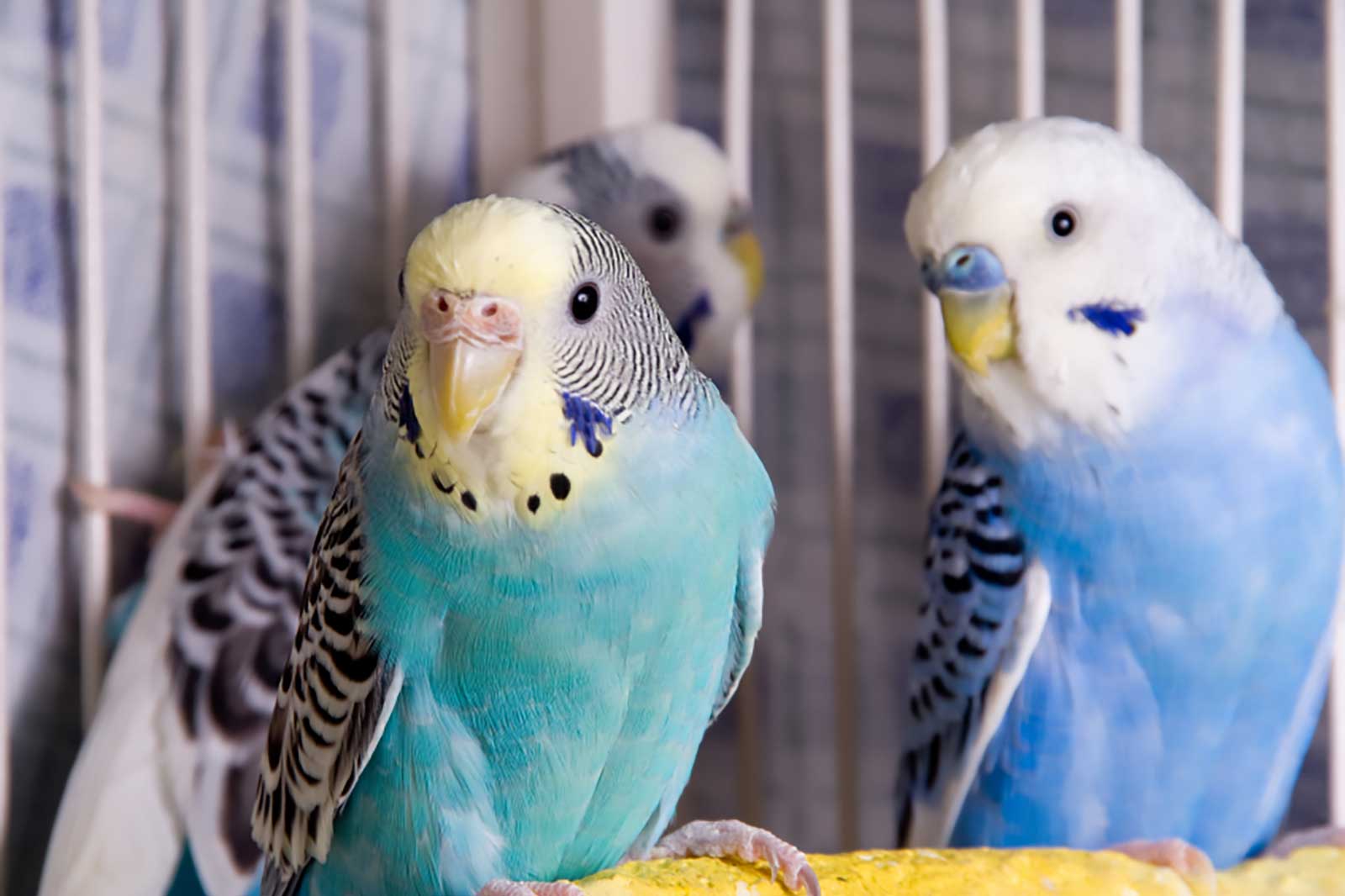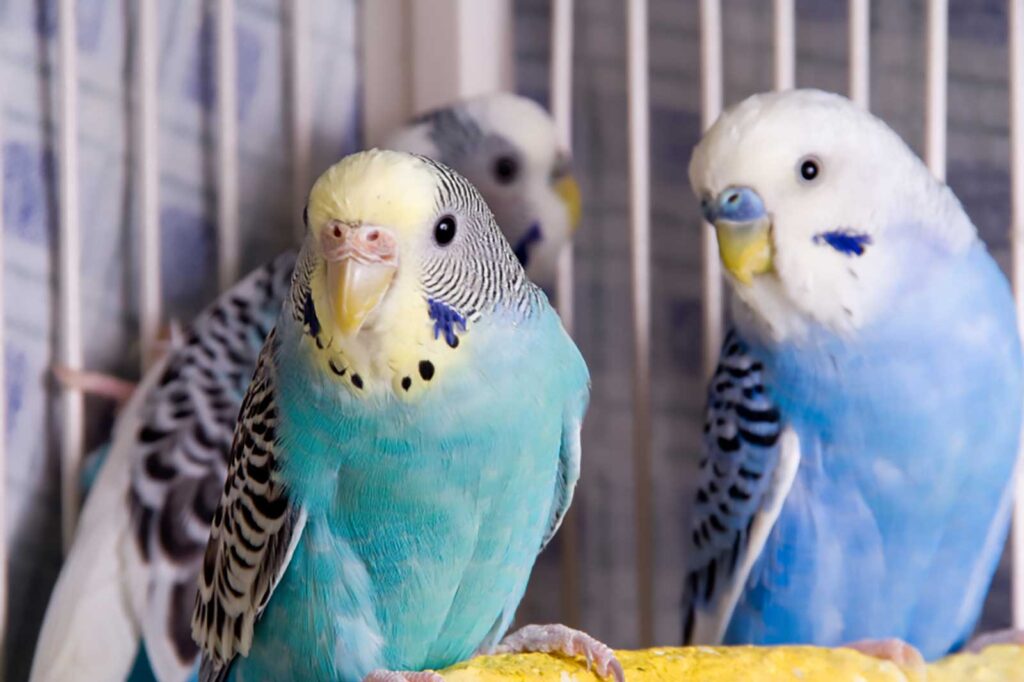In the case of cockatiels, this is not the case. In the absence of mutations like lutinos, male and female birds exhibit distinct color patterns after reaching full adulthood. There is also a noticeable difference between male and female conduct.
Here, we’ll show you how to determine your cockatiel’s gender, how each color mutation varies, and when the optimum time to do so is. A cockatiel’s gender may be determined at what age. At 6 to 9 months, cockatiel chicks molt their initial set of feathers & begin to develop their adult colors. You may detect behaviors that simultaneously indicate that a chick is male or female.
You could be able to predict your tile’s gender based on his behavior even before he reaches adulthood. You may be astonished when a chick’s hues and personality mature into maturity to discover that your first gender prediction was incorrect.
Please refer to our well-liked guide on determining the age of your cockatiel if you’re having trouble estimating their maturity.

How to tell whether a cockatiel is male or female
Knowing about male and female color patterns, mutations, and typical cockatiel behaviors may help establish your bird’s gender even when the individual deviates from the norm.
Gray, white-headed, fallow, or cinnamon-colored patterns are all included in this section.
The term “color mutations” encompasses various variations on a single color pattern.
- Color patterns are the first method.
Male and female Cockatiels may be distinguished by their various color patterns after they go into their first molt at six to nine months. Aside from a few specific color mutations, which we’ll address later, your bird should be the same hue.
A grey, white-faced or fallow cinnamon or silver bird will have the following traits.
Cockatoos are male
Yellow cheeks and brilliant orange cheek patches are typical of the male cockatiel. A white-faced male cockatiel’s head will be completely white since he lacks yellow pigment.
Male tiles lose their yellow or white tail bars and bottom spot patterns when they first molt.
Cockerel cockatoo
Cockatiel females’ faces are usually grey or brown, with a few yellow spots (or white if white-faced). Their cheek patches are usually a duller orange color (none if white-faced).
They maintain the barred grey and yellow tail feathers and dots on their wings that all juveniles have, as do female birds.

- Alterations in the hues of objects
Mutations like pied, lutino, and yellowface are included in this section.
In rare cases, you may have to use additional signs to determine the gender of your tile because of these color variations.
Pied
The ability to visually identify a pied teal relies on the particular bird and the additional mutations present in the bird’s genetic makeup.
Females are more likely to have yellower skin and brighter spots on their cheeks. Dirty-face pied tiles have a grey patch on the faces instead of the yellow mask in males.
If the barred tail markings on your pied tiel have not faded, she is most likely a female. Males have black tails and no bars, while females have yellow tails with bars.











